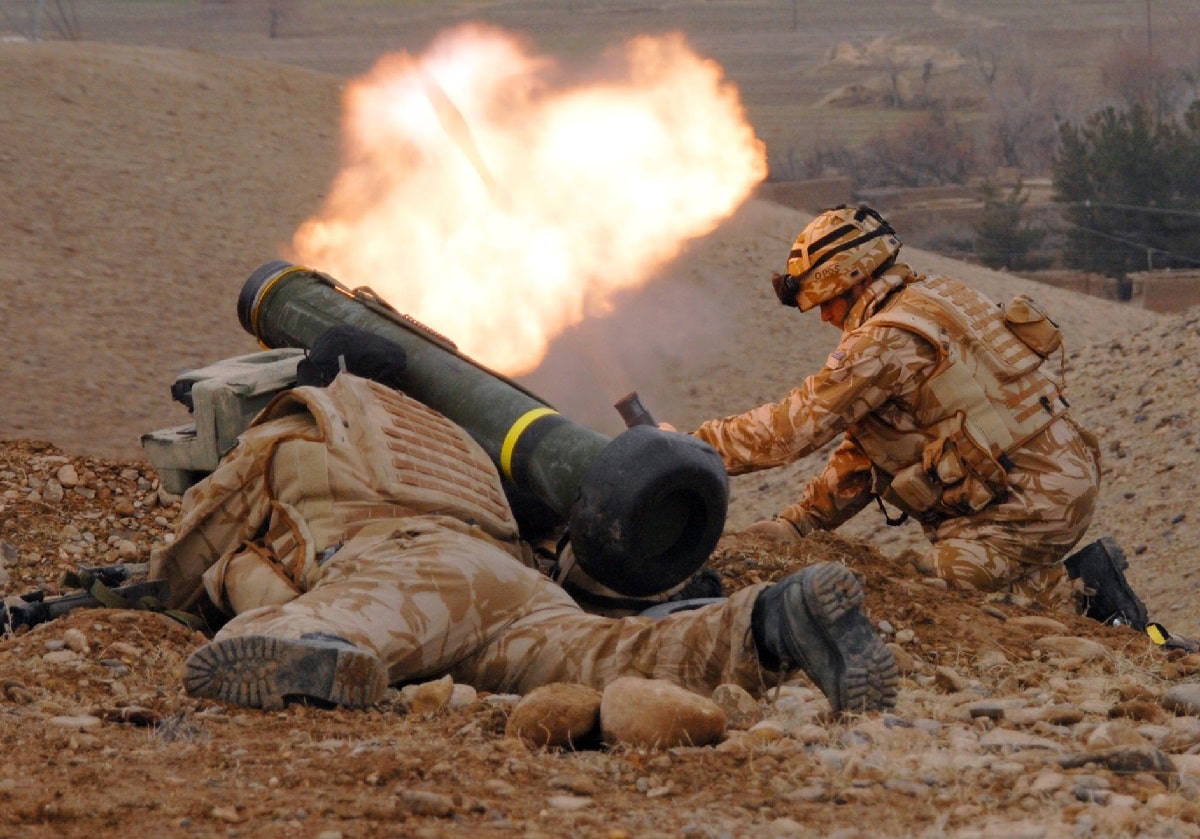The British military’s Royal Marines Commandos routinely train in rugged conditions, and for the first time this month, they’ve been aided by swarms of drones that can operate underwater as well as in the air.
During the recently completed Autonomous Advance Force 4.0, personnel from 40 Commando and 42 Commando have utilized the drones in training raids on missile and radar installations at the Electronic Warfare Tactics facility at RAF Spadeadam in Cumbria and at Luworth Cove in Dorset.
This was the latest in a series of experimental exercises that were developed as part of the Future Command Force program, which explores how the elite units will operate in the future and includes an emphasis on humans and technology closely working together on the battlefield.
Six medium-heavy lift drones were operated in one autonomously controlled swarm from a single ground control drone, and during the exercise were tasked with “tactically re-supplying commandos with everything from ammunition for the assaulting troops, through to blood for combat medics,” the Royal Navy said in a statement.
Additionally, the drone swarms were able to demonstrate significant flexibility, switching roles to conduct reconnaissance missions, which provided intelligence for commando raids ashore and at sea against a hostile target. The autonomous systems were able to work together while being tasked independently to find and identify enemy targets.
Combat Support
The goal of the program is to seamlessly embed autonomous systems on the front lines and support these types of commando missions on the battlefield. The exercise allowed the teams to scrutinize the tactics while developing the experience of how the drones can, and more importantly, cannot be used.
“Only by continued experimentation with the latest technology and innovation can we properly prepare our people for the challenges of the future,” said First Sea Lord, Admiral Sir Tony Radakin. “Autonomous Advance Force 4.0 is testing just how hybrid forces can operate on the battlefield, with elite Royal Marine Commandos enhancing their capabilities with the use of drone swarms.”
During the two-week-long Autonomous Advance Force 4.0 exercise, the drones had been tested in a range of scenarios, and this follows past experiments that were completed in the Mediterranean and the Arctic last year.
“This has been yet another enormously important step forward in Royal Navy autonomy and particularly Commando Force transformation; I have seen phenomenal progress through this series of trials over the past two years,” said Colonel Chris Haw, the officer in charge of the experiments. “But we must always we must always remember that this tech is there to enhance commando excellence, not to replace it.”
Future tests will take place with the drones in the United States later this year during Exercise Green Dagger in the California desert.
In addition to aiding the elite forces in operations, drones could address another issue facing the British military. Earlier this year, the UK’s Chief of Defence, Gen. Sir Nick Carter suggested that the British Army could fill out its ranks with “robot soldiers,” including drones. The deployment of robots could address the recruitment shortfalls that the UK has faced in recent years, but could also give its forces an edge in combating the enemy Carter added.
Peter Suciu is a Michigan-based writer who has contributed to more than four dozen magazines, newspapers and websites. He regularly writes about military small arms, and is the author of several books on military headgear including A Gallery of Military Headdress, which is available on Amazon.com.

